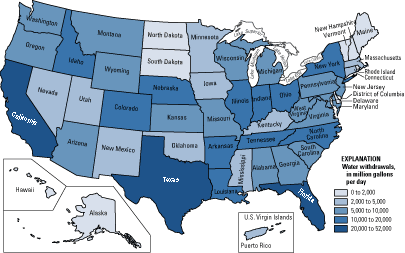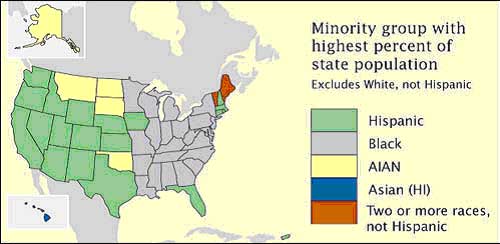 This is a cartographic animation. It uses computer graphics to illustrate something that could not be possible with the traditional paper map. Another example of this would be looking at the movement of a hurricane track.
This is a cartographic animation. It uses computer graphics to illustrate something that could not be possible with the traditional paper map. Another example of this would be looking at the movement of a hurricane track.
Monday, April 27, 2009
Cartographic Animation
 This is a cartographic animation. It uses computer graphics to illustrate something that could not be possible with the traditional paper map. Another example of this would be looking at the movement of a hurricane track.
This is a cartographic animation. It uses computer graphics to illustrate something that could not be possible with the traditional paper map. Another example of this would be looking at the movement of a hurricane track.
Unstandardized Choropleth Map
Standardized Choropleth Map
Univariate Choropleth Map
Bivariate Choropleth Map
 This bivariate choropleth map uses a color scheme with coordinates to show two different categories of information on one map of Africa. Each color on the map represents a different level of life expectancy, compared with GNP Per Capita. The countries with the lighter colors have the lowest levels of both categories, and the countries in black have the highest.
This bivariate choropleth map uses a color scheme with coordinates to show two different categories of information on one map of Africa. Each color on the map represents a different level of life expectancy, compared with GNP Per Capita. The countries with the lighter colors have the lowest levels of both categories, and the countries in black have the highest.
Unclassed Choropleth Map
Nominal Area Choropleth Map
Subscribe to:
Posts (Atom)




